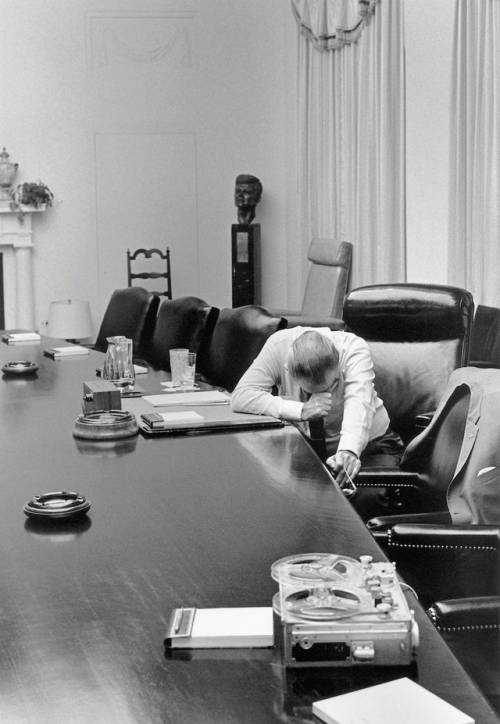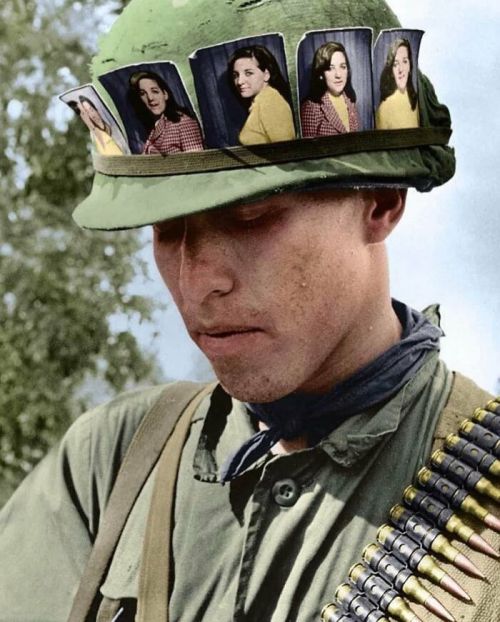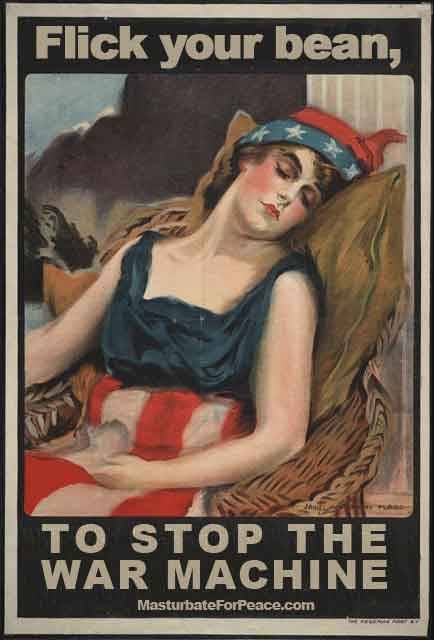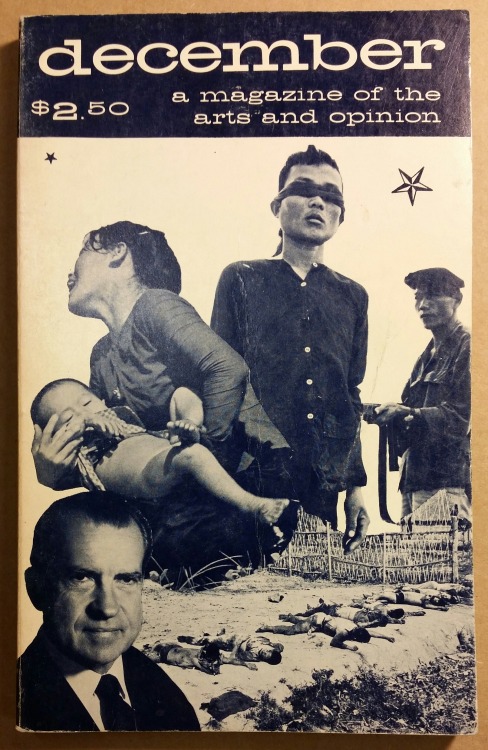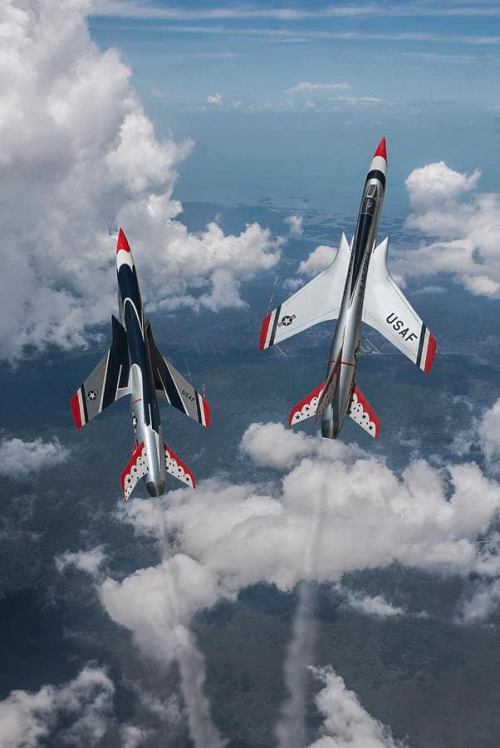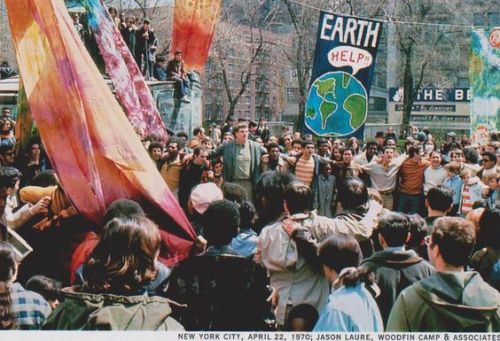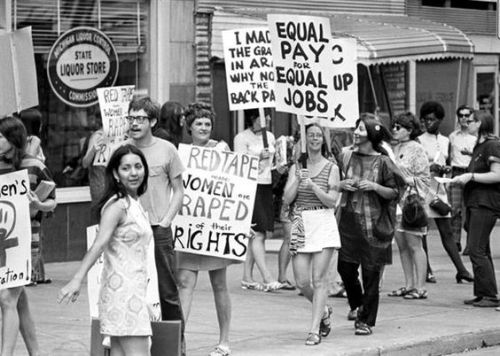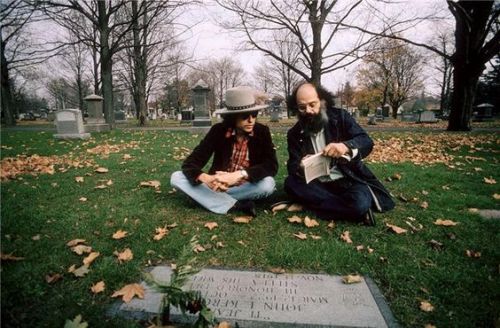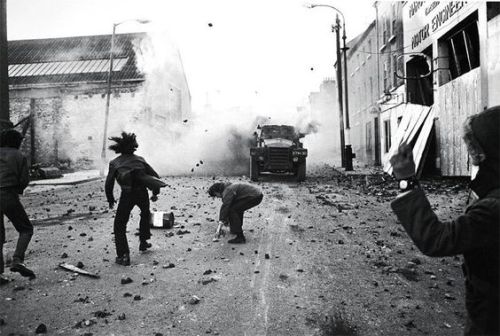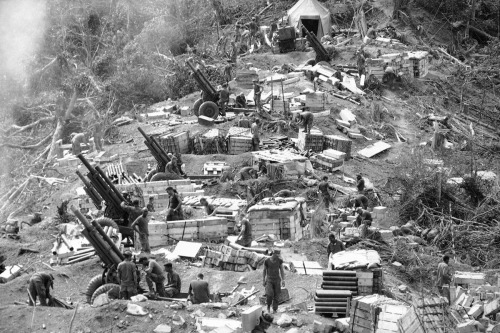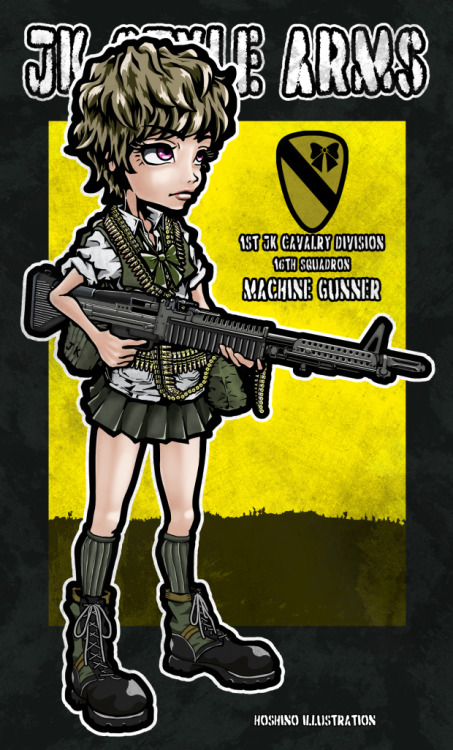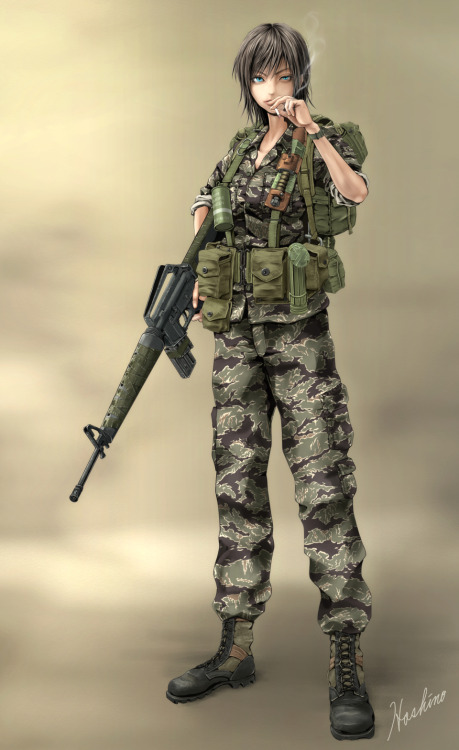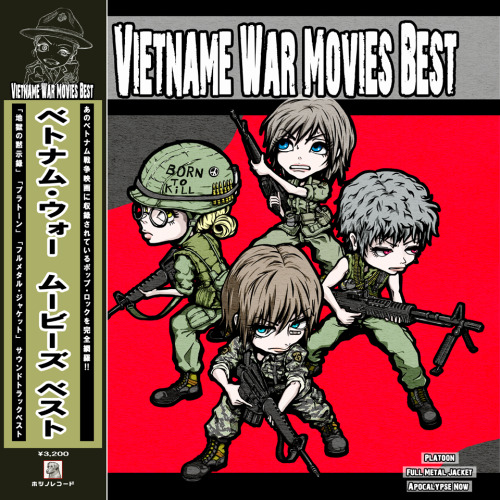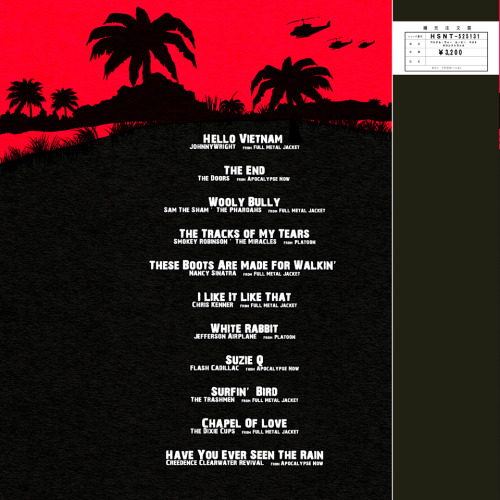#vietnam war
U.S. President Lyndon Johnson listens to a tape sent by Captain Charles Robb (his son-in-law) from Vietnam (1968)
Post link
Us Soldier With Pictures Of His Girlfriend Attached To His Helmet, Củ Chi Base Camp, Vietnam In 1968
Post link
Learn the History of the Term “Winter Soldier” and Why Ed Brubaker Used the Name in Captain America
With Captain America: The Winter Soldier coming out, soon I was curious about where the name “Winter Soldier” came from. It turns out it’s a lot more than just a cool-sounding name comic book writer Ed Brubaker came up with. It has its roots in the Vietnam War and even goes back to Thomas Paine.
I first became curious about the origins of the term “Winter Soldier” after hearing podcast host Jesse Thorn mention it a few times on his show Jordan, Jesse, Go! He was put off by Marvel’s use of the phrase due to its association with the Vietnam War’s Winter Soldier Hearings.
Rather than paraphrasing him, I reached out to Thorn about his feelings on the situation. Here is his reply: […]
Post link
“C Btry fired last American heavy artillery round in Vietnam,” 4/9/1972.
Series: Artillery Unit Records, ca. 1965 - ca. 1972
Record Group 472: Records of the U.S. Forces in Southeast Asia, 1950 - 1976
Transcription:
CONFIDENTIAL
DAILY STAFF JOURNAL OR DUTY OFFICER’S LOG
For use of this form, see AR 220-15; the proponent agency is
Office of Deputy Chief of Staff for Military Operations.
PAGE NO. 1
NO. OF PAGES 1
ORGANIZATION OR INSTALLATION
Hq 2d Bn 94th FA
LOCATION
AT989714
Hill 34, RVN
PERIOD COVERED
FROM HOUR 001 DATE 9 Apr 72
To HOUR 2400 DATE 9 Apr 72
ITEM NO. TIME INCIDENTS, MESSAGES, ORDERS, ETC. ACTION TAKEN INI-TIALS
IN OUT
1 0001 (U) Journal Opened.
2 1400 © C Btry fired last American heavy
artillery round in Vietnam. DSJ
3 SUMMARY: The last firing unit wi th a
tactical mission was released from it.
C Btry fired the last heavy artillery
round for American Artillery. C Btry
began standdown.
4 2400 (U) Journal Closed.
CONFIDENTIAL
DOWNGRADED AT 3 YEAR INTERVALS; DECLASSIFIED AFTER 12 YEARS, DOD DIR 5200.10
TYPED NAME AND GRADE OF OFFICER OR OFFICIAL ON DUTY
DERAL E. WILLIS, MAJ, S-3
SIGNATURE
[handwritten signature : Deral E Willis]
DA FORM 1594 1 NOV 62
PREVIOUS EDITION OF THIS FORM IS OBSOLETE
U.S. GOVERNMENT PRINTING OFFICE [illegible]
Post link
THE VIETNAM WAR: Two Week Countdown
TWO WEEKS from today: Set your calendar for The Vietnam War, a film by Ken Burns and Lynn Novick, premiering on Sunday, Sept 17 at 8/7c. Learn more
Military recruitment parody posters by Masturbate For Peace, 2002.
Though it didn’t enter World War I until 1917, the United States produced more posters in support of mobilization and civilian service than any other country. The government established a Department of Pictorial Publicity with 300 artists who were ordered to “draw until it hurts.”
The backlash fifty years later against the Vietnam War included the co-opting by activists of propaganda posters. They substituted anti-military themes, often featuring the slogan, “Make Love, Not War.”

Joan Baez and her sisters Mimi and Pauline posed for a poster challenging the popular notion that refusing to serve was cowardly or unmanly. Their message, that liberated women would have sex with draft dodgers, perhaps recalls the heroine Lysistrata, who organized a chastity movement among Greek wives to force peace negotiations.
Post link

In the South China Sea, crewmen of the amphibious cargo ship USS Durham take Vietnamese refugees aboard a small craft, 4/3/1975. NARA ID 558518.
OTD 1975: Operation “Baby Lift” ends
More than 3,300 Vietnamese orphans rescued

Vietnamese Refugee Children on an Operation Babylift Flight Arriving at San Francisco International Airport, 4/5/1975. Ford Library, NARA ID 12007111.
In April 1975, the North Vietnamese captured Saigon, taking control of South Vietnam and marking the end of the Vietnam War. In the chaotic final days before the fall of Saigon, President Gerald Ford ordered the evacuation of Vietnamese orphans.
The mission, officially named Operation Babylift, began April 3, 1975 and ended #OTD 1975, only 16 days before the fall of Saigon and the end of the war. In all, more than 3,300 children were evacuated to the United States.
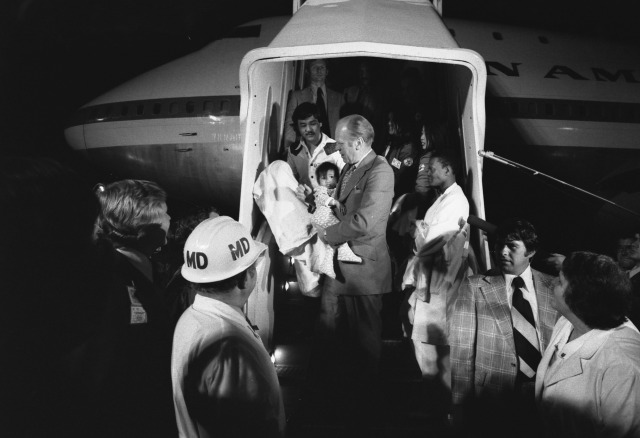

President Gerald R. Ford greets and holds Vietnamese refugee babies at San Francisco International Airport Following the Arrival of an Operation Babylift Plane from South Vietnam" 4/5/1975. NARA IDs 7839930and23869153.

Shoes from a Child Transported During Operation Babylift, 1975. Ford Library.
See the National Archives’ Remembering Vietnam online exhibit. Special exhibit tour with curator Alice Kamps below:

Behold: an undeveloped roll from 1975, taken by a South Vietnamese soldier (my sister’s father-in-law) while fleeing from the Viet Cong. Should I develop it myself or take it to a lab?
In 1964, the team transitioned to the supersonic fighter-bomber, the F-105B Thunderchief.
The F-105 was one of the primary attack aircraft of the Vietnam War with over 20,000 sorties flown and was known for it’s high speed and low-altitude attack capabilities.
Although it was a smaller aircraft, the single-engine fighter-bomber could deliver a larger payload than the largest bomber platforms from World War II, like the B-17 Flying Fortress.
Post link
Saigon, South Vietnam, June, 1967
Red Cross worker Barbara (Bobbie) Oberhansly outlines the day’s weather for Vietnam as part of her 7:55 p.m. report on Armed Forces Television.
Post link
The 1970s: A Decade of Change
1. Earth Day 1970, New York City. National Geographic
2. Highway picnic during the Oil Crisis, 1973
3. Women protest for equal pay, Detroit, 1970
4. A spectator holds up a sign at the Academy Awards, 1974
5. Kent State Shootings, 1970
6. Protesters on Ireland’s Bloody Sunday, 1972
7. Sammy Davis Jr. performs for members of the 1st Cavalry Division, Vietnam, 1972
8. Bob Dylan and Allen Ginsberg at Jack Kerouac’s grave, Edson Cemetery, Lowell, Mass. 1975. Ken Regan
Post link
A Bell AH-1 Cobra pulls up from a rocket and strafing attack on Viet Cong positions near Cao Lanh in the Mekong Delta. This is not the first time this area has been attacked, as evidenced by the water-filled shell craters. January 22, 1969
Post link
Two napalm bombs explode outside the perimeter of Katum Camp, a special forces base located sixty miles northwest of Saigon. The base was the victim of frequent rocket and mortar attacks from Viet Cong forces, leading to its nickname of “Kaboom Camp”. August 28, 1968
Post link
Two M41 Walker Bulldogs from the 4th Cavalry on a cross-country reconaissence mission become stuck in the mud 40 miles north of Korat, Thailand. At the height of Southeast Asia’s rainy season this was a common problem. Undated photograph
Post link
先日行われたグループ展
12インチにこだわる外資系レコード展をイメージしたレコード・ジャケットアート『エンパイア・レコーズ・ジャパン高円寺店再OPEN!!』…という名のレコジャケ展。
に出展したレコジャケアートです。
ベトナム戦争映画 『地獄の黙示録』『プラトーン』『フルメタルジャケット』
の作中に収録されている楽曲をポップ・ロックを中心にチョイスしてベストサントラ形式に収録したレコード。
という体を取って作成ました。
オモテ面はそれぞれ
上:「プラトーン」より、クリス・テイラー 左:「フルメタル・ジャケット」より、ジョーカー 右:「フルメタル・ジャケット」より、アニマルマザー 下:「地獄の黙示録」より、ウィラード大尉
オビ表面の左上は
「フルメタル・ジャケット」よりハートマン鬼軍曹をモチーフにした女性ディフォルメキャラとしました。
ロック&ポップ集なので「地獄の黙示録」中の「ワルキューレの騎行」と「フルメタルジャケット」中の「ミッキーマウスのテーマ(をアカペラで合唱)」はあえて外したんだけど、「地獄の黙示録」中の「サティスファクション(ローリング・ストーンズ)」をうっかり入れ忘れたのは唯一の心残り。
イラストに関しては、ディフォルメキャラとはいえ雑な描写(5.56mm 7.62mm弾とか)がちらほらあるけど、楽しく描けたので課題を残しつつもまた気軽に挑戦していきたいと思います。
Post link
New Arrivals: BLACK EMERGENCY CULTURAL COALITION AND ARTISTS AND WRITERS PROTEST AGAINST THE WAR IN VIETNAM [1971].
Collaboration of artwork and poetry by members of the BECC and Artists and Writers Protest Against the War in Vietnam, compiled by BECC co-founder Benny Andrews and anti-war artist/activist Rudolf Baranik. The BECC was originally formed in 1969 in response to the Metropolitan Museum of Art’s exhibit “Harlem On My Mind,” which excluded any contributions by African-American artists. In 1971, in response to riots at the Attica correctional facility in New York, the Coalition organized the Arts Exchange Program, providing art classes for prisoners taught by members of the BECC. Among the contributors are Benny Andrews, Romare Bearden, Dana Chandler, Leon Golub, Alvin Hollingsworth, Jacob Lawrence, and Faith Ringgold, among many others.
Post link
About once a month I run into an older American gentleman who tells me stories about his life and his time in Vietnam. He regularly reads my blog and recently told me that he has one of his own and that there were several posts I (and anyone who reads my blog) may be interested in so I thought I’d share one here!
.
(Do not read this too close to mealtime.)
.
This incident took place in northwestern Pennsylvania USA in April, May or June sometime in the mid-1990s, in the first really consistently hot days of the year. This is the time of the year when the remains of animals that had been road-killed by cars during winter and left along the roads smell most rank. My many walks along highways and back-roads have always confirmed this.
.
I was living at Wilderness Park high up on the Allegheny Plateau and hiking often out on the back trails in the Allegheny National Forest, which was just out my back door. One section of my favorite trail paralleled a back-road for a brief while at a distance of several hundred yards across a quite wild forested area, but if the wind was right you could occasionally hear motor vehicles on the road across that stretch of woods.
.
On this one particularly hot day as I was hiking this trail, the wind was blowing from the direction of this back-road, and I caught a couple of different whiffs of road-kill from that direction. One of the smells was extra strong, and I was sure that it must be a very big animal such as a deer or even a bear.
.
Immediately after this time I started to have very vivid, extremely violent and disturbing nightmares that involved stark images and memories of the Vietnam War. They went on for a week or two. I had not had nightmares like this for a long time, so I could not account for it.
.
I have had other war-related nightmares that could be easily explained, before and after this episode. Back in 1986 after seeing the very authentic movie “Platoon” in the theater, I immediately had nightmares and disturbed sleep for a two week period.
.
Also, a number of years later – long after this incident at Wilderness Park that I am presently describing had occurred – I again had disturbed sleep for a period, and I am sure that this latter episode was because at that time I was teaching US Military History for two semesters. As a brand-new course preparation for me, I was reading about and thinking of war all of the time, and I was especially thinking of it last of all before sleep-time. (I gladly handed over this course to a teacher both well-qualified and very eager to teach it, because it pleased him very much and contributed to his morale as a history teacher on our team, it strengthened our history department’s program, and it got the nightmares out of my head.) But these two episodes, the one before and the one after the Wilderness Park one, were not as disturbing as the one I now describe in the mid-1990s.
.
I could not explain why I was having these vivid nightmares at this particular time, so I just assumed it was the hot humid weather triggering memories of tropical Vietnam. I turned up the a/c at night but still had the horrific nightmares.
.
Then I belatedly got the community gossip. It was not road-kill that I had smelled after all. Two neighborhood boys on their bicycles had discovered a woman dead in her car on an obscure turn-off dead-end lane off from that back-road that paralleled my hiking trail. She had committed suicide in her car with the windows down earlier on one of those fine days of spring, and she was not discovered until a while after the fact, and this along with the extreme hot weather put her into a bad state of decomposition. The location of her body was exactly upwind of the place on my hiking trail where I had smelled on that day what I thought was a big animal road-kill, and the timeframe was an exact match – i.e., I had smelled the scent before her discovery. It had never occurred to my conscious mind that it was not the smell of a regular road-kill of a forest animal.
.
Dead mammals have a particular smell, but dead humans have a unique one. The best descriptions will usually tell you that a human’s decomposition smell is a sickeningly “sweet” smell. The only time I smelled this smell intensely was in Vietnam. In the tropical heat, decomposition worked fast. Our own dead were zipped into body bags and brought out as quickly as possible, but sometimes not quick enough. Enemy dead were often neglected, especially in more remote areas, and you were reminded of them by the smell whenever you went back through that area. It was a smell that you wished at the time that you could somehow flush and cleanse out of your nostrils, sinuses and skull, but it stayed with you. By the 1990s I had completely forgotten about all of this through the years, especially the fact of the uniqueness of the smell of human decomposition.
.
So now I became convinced that, 25 years after being in Vietnam, the ripe death-smell of this unfortunate woman near Wilderness Park triggered memories of the war somewhere inside my subconscious and completely without my conscious knowledge, thus producing unexplained nightmares. It made me a believer that memories can reside in the mind closely linked to the sense of smell.
.
I began writing this document when I read (on 18 September 2008) the following article in Science Daily online. The linked article is named, “Emotion and Scent Create Lasting Memories – Even in a Sleeping Brain,” and describes experiments on the brain chemistry of mice at the Duke University Medical Center and is published in The Journal of Neuroscience. Implications for other mammals such as humans are clear.
.
It all falls into place and makes perfect sense to me.
.
[Sources: news of a new study, reported in Science Daily online, Sniffing Out Danger: Fearful Memories Can Trigger Heightened Sense of Smell. The original journal article was published in Science and titled, “Fear Learning Enhances Neural Responses to Threat-Predictive Sensory Stimuli.”]
In 1973, the last US combat troops left South Vietnam, and the American government never again inserted itself into a complicated conflict that no one cared to understand.
God damn it. Is it too early for whiskey?
A student carries a placard that states “No Black Man Ever Called Me Chink” during the Harlem Peace March to End Racial Oppression on April 27, 1967. The statement was taken from boxer/activist Muhammad Ali’s original statement about his refusal to participate in the Vietnam War, “Ain’t no Vietcong ever called me nigger.” Source: Courtesy of Builder Levy, photographer.
Post link

